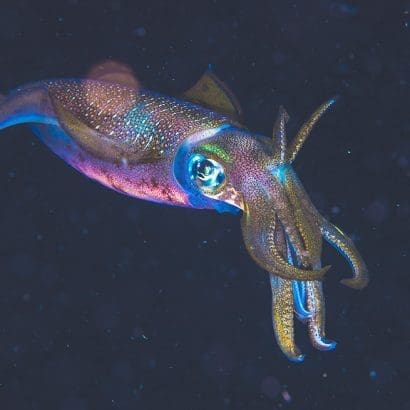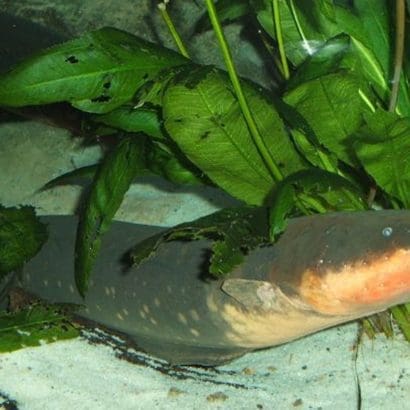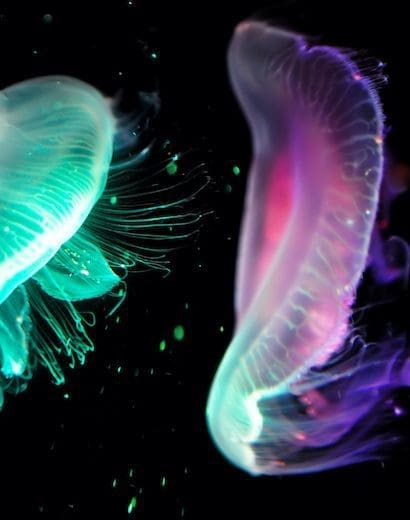
The mesmerizing world of the underwater realm is teeming with remarkable creatures and extraordinary adaptations. One intriguing phenomenon that captures the imagination of scientists and nature enthusiasts alike is the presence of luminous organs in certain fish species. These fish possess the remarkable ability to emit light, transforming the darkness of the deep ocean into a captivating spectacle. But what drives these fish to possess such luminous organs? Why do they invest valuable energy and resources into producing light in an environment where visibility is limited? In this article, we delve into the fascinating world of bioluminescent fish and explore the reasons behind their remarkable adaptation.
By understanding the purpose and significance of these luminous organs, we can gain a deeper appreciation for the wonders of marine life and the intricate mechanisms that drive evolution beneath the waves. So, let us embark on a journey to uncover the secrets of why some fish have luminous organs and the intriguing ecological roles they play in the depths of the ocean.
Contents
Bioluminescence in the oceans.
Bioluminescence is a captivating natural phenomenon that illuminates the depths of the oceans, turning the dark underwater world into a mesmerizing light show. It is the ability of certain marine organisms to produce and emit light through a biochemical process. This enchanting display of bioluminescence can be observed in various organisms, including bacteria, jellyfish, plankton, and, of course, fish.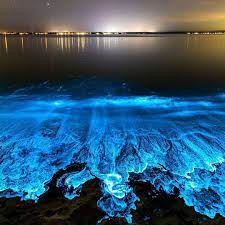
In the vast expanses of the oceans, bioluminescence serves several important purposes. One of the primary functions is communication. Many organisms use bioluminescent signals to communicate with members of their own species, attracting mates or warning others of potential danger. For example, some fish species have specialized light-emitting organs to produce specific patterns of light that act as signals during courtship rituals.
What role does bioluminescence play?.
Bioluminescence also plays a crucial role in defense mechanisms. When threatened, some organisms release bioluminescent chemicals into the water, creating a distraction or confusing their predators. This defensive tactic allows them to evade capture or potential harm. Similarly, certain species of squid and octopuses can release bioluminescent ink clouds to confuse predators and facilitate their escape.
Another fascinating aspect of bioluminescence in the oceans is its association with symbiotic relationships. For instance, some fish have developed a symbiotic bond with bioluminescent bacteria. These bacteria reside within the fish’s light-producing organs, providing a constant source of light. In return, the fish offer the bacteria shelter and a nutrient-rich environment. This mutually beneficial relationship allows the fish to harness the bacteria’s bioluminescent capabilities for their own use.
Adaptations for survival.
In the natural world, organisms have evolved a myriad of adaptations to enhance their chances of survival and successfully navigate their respective environments. These adaptations are the result of millions of years of evolutionary processes, driven by the pressures and challenges posed by the ever-changing conditions of their habitats. From physical traits to behavioral strategies, organisms have developed remarkable adaptations that allow them to thrive and increase their chances of survival.
Physical adaptations:
Physical adaptations are structural or anatomical features that help organisms survive in their specific environments. These adaptations can take various forms, such as camouflage, protective coverings, or specialized body structures.
- Camouflage: Many organisms have developed the ability to blend into their surroundings through coloration or patterns that mimic their environment. This adaptation helps them remain unnoticed by predators or enables them to better ambush prey.
- Protective coverings: Some organisms have evolved protective coverings, such as shells, spines, or tough outer layers, to shield themselves from predators or harsh environmental conditions.
- Specialized body structures: Organisms often develop unique body structures that aid in their survival. These structures can include adaptations for locomotion, feeding, or defense. For example, the long neck of a giraffe allows it to reach high foliage, while the sharp claws of a predator enable efficient hunting.
Behavioral adaptations:
Behavioral adaptations are actions or behaviors that organisms exhibit to increase their chances of survival and reproduction. These adaptations are learned or instinctive responses to specific stimuli or environmental conditions.
- Migration: Many species engage in long-distance migrations to find suitable breeding grounds or access resources that are seasonal or limited in certain areas. This behavior ensures their survival by maximizing available resources.
- Hibernation: Some organisms, particularly in cold climates, enter a state of hibernation during periods of low temperatures and scarce food. By slowing down their metabolic rate and conserving energy, they can survive through harsh conditions.
- Social behavior: Organisms often exhibit social behavior as an adaptation for survival. Living in groups or colonies can provide benefits such as increased protection from predators, efficient foraging, and enhanced reproductive success.
- Communication: Communication plays a crucial role in survival and is evident in various forms among different species. Vocalizations, chemical signals, visual displays, and other communication methods allow organisms to convey important information, such as territorial boundaries, mating availability, or danger warnings.
Mechanisms of light production.
In the natural world, the production of light, known as bioluminescence, occurs through fascinating and diverse mechanisms. Bioluminescence is the emission of light by living organisms as a result of a biochemical reaction. This captivating phenomenon can be observed in various organisms, including bacteria, fungi, insects, marine creatures, and even some land-dwelling organisms.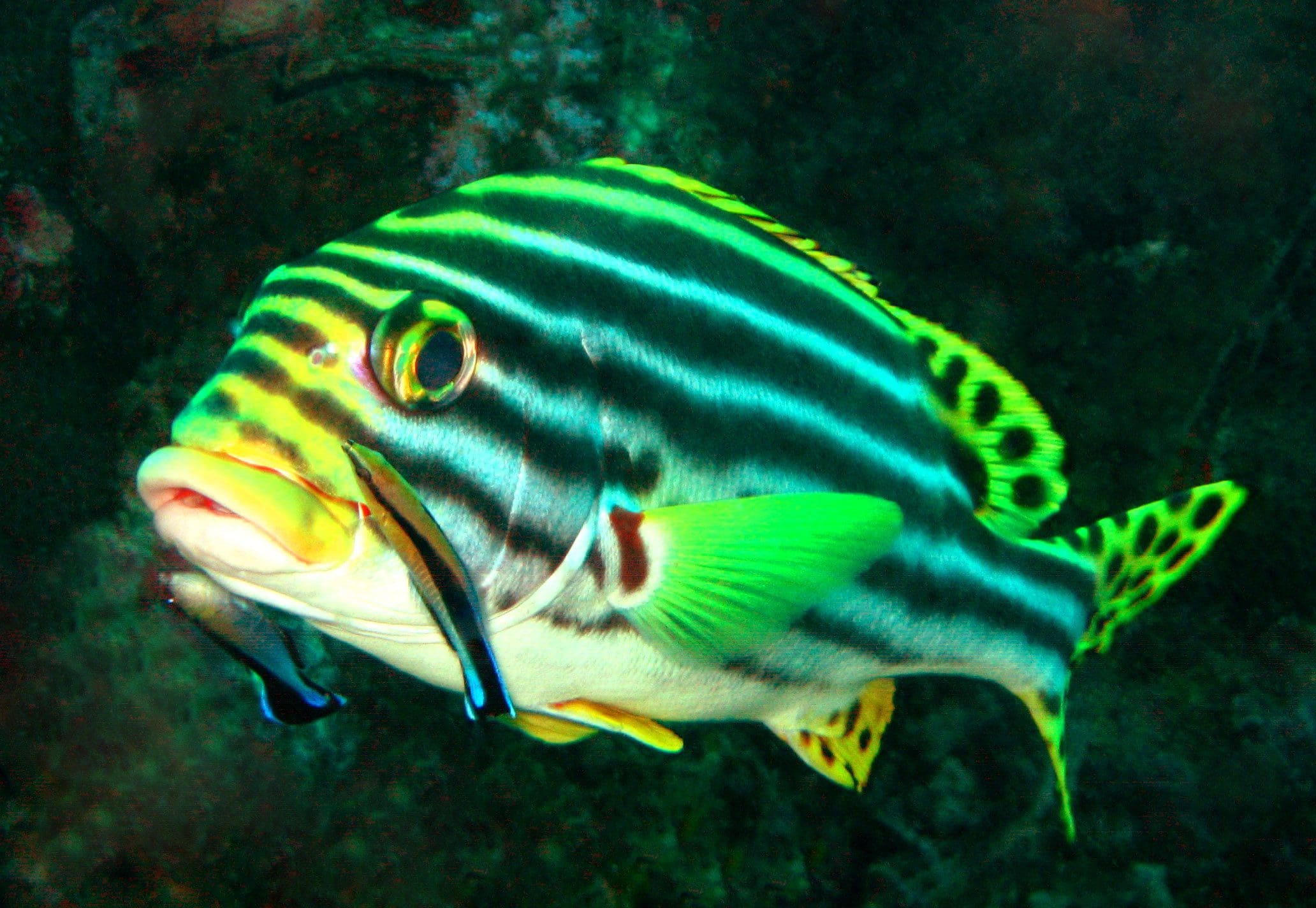
The underlying mechanisms of light production vary across different species, but they typically involve the interaction of specific molecules or enzymes within specialized light-emitting cells or organs. Here are some general mechanisms of light production:
Luciferin-Luciferase Reaction:
One of the most common mechanisms involves a chemical reaction between a light-emitting molecule called luciferin and an enzyme known as luciferase. Luciferin is typically a small molecule that undergoes an oxidation reaction when catalyzed by luciferase, resulting in the release of energy in the form of light. This mechanism is observed in various bioluminescent organisms, including fireflies, marine plankton (such as dinoflagellates), and deep-sea fish.
Photoproteins:
Some organisms, such as certain species of jellyfish and marine worms, produce light through the activation of photoproteins. Photoproteins are specialized proteins that emit light when triggered by specific environmental conditions or biochemical reactions. These proteins undergo a chemical change upon stimulation, leading to the release of light.
Bacterial Bioluminescence:
Bioluminescent bacteria employ a unique mechanism involving the action of an enzyme called luciferase in combination with a substrate known as a fatty acid or an aldehyde. The luciferase catalyzes the oxidation of the fatty acid or aldehyde, resulting in the production of light. This mechanism is observed in bacteria like Vibrio fischeri, which can be found in the light organs of certain marine animals.
Coelenterazine Reaction:
Coelenterazine is a light-emitting molecule found in many marine organisms, including jellyfish and certain species of marine worms. The coelenterazine molecule undergoes an enzymatic reaction facilitated by proteins called photoproteins or aequorins, resulting in the emission of light.
Evolution of bioluminescence in fish.
Bioluminescence, the ability to produce and emit light, has evolved independently in various lineages of fish. This remarkable adaptation has played a significant role in the survival and diversification of fish species throughout evolutionary history. The evolution of bioluminescence in fish is a fascinating subject that sheds light on the interplay between natural selection, environmental factors, and the development of specialized light-producing organs.![]()
Bioluminescent fish species have evolved different mechanisms and structures to produce and control light. Some fish have specialized light-emitting organs called photophores, which contain light-producing cells known as photocytes. These photocytes often house specific biochemical compounds, such as luciferin, that undergo chemical reactions catalyzed by enzymes to emit light. The patterns and colors of light produced by these fish can vary widely, ranging from subtle glowing patterns to elaborate displays.
Scientific and technological applications.
In conclusion, the study of bioluminescence and its diverse manifestations in nature has led to significant scientific and technological applications. The captivating phenomenon of bioluminescence, once purely a subject of fascination, has now become a valuable resource for various fields of research and technology.
Scientific applications of bioluminescence include its use as a tool in biological and medical research. The ability to visualize and track specific molecules or cellular processes through bioluminescent markers has revolutionized our understanding of complex biological systems. Bioluminescent reporters and probes have been employed to study gene expression, protein interactions, and cellular signaling pathways in a non-invasive and real-time manner.
Furthermore, bioluminescent organisms and their mechanisms of light production have inspired innovative technologies. The development of bioluminescent assays and sensors has enabled rapid and sensitive detection of various molecules, including toxins, pathogens, and pollutants. These applications have significant implications in environmental monitoring, food safety, and medical diagnostics.
If you want to learn about other strange fish species, click here.

